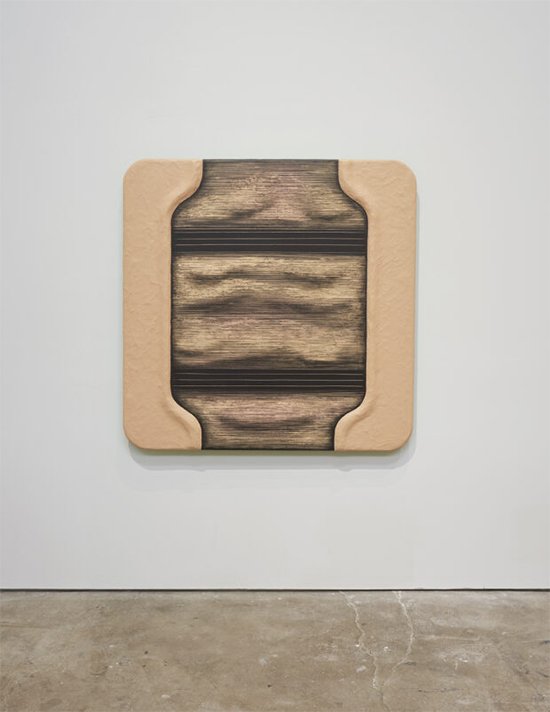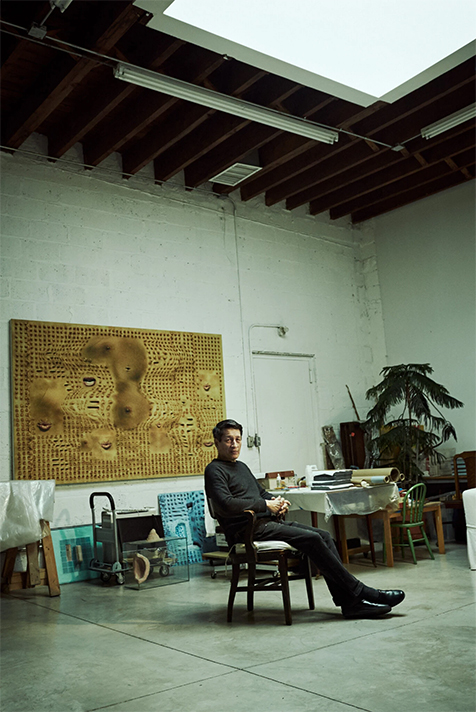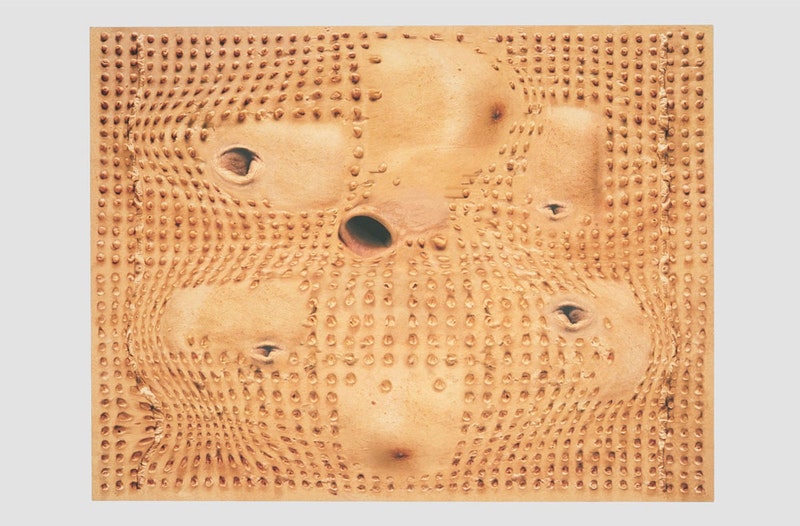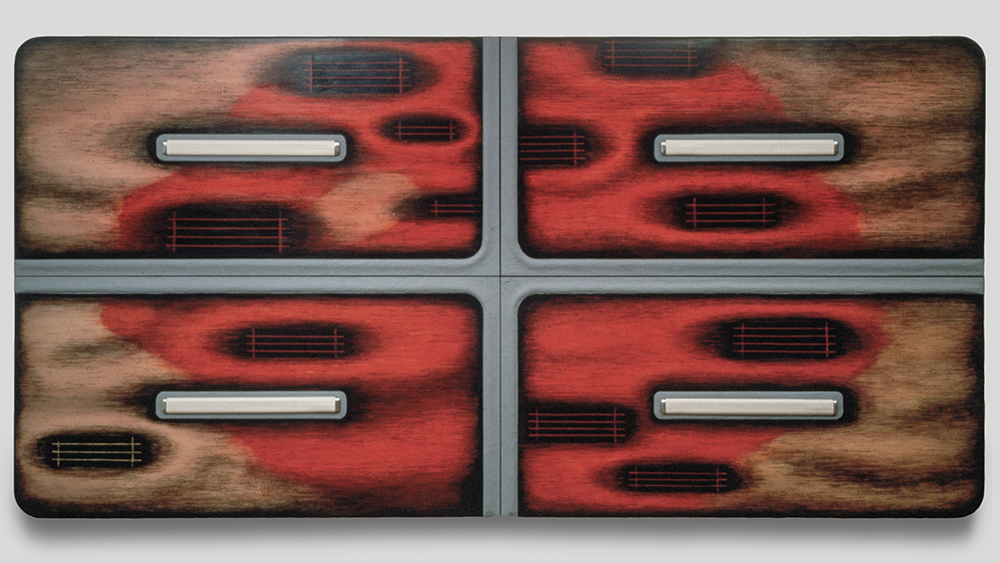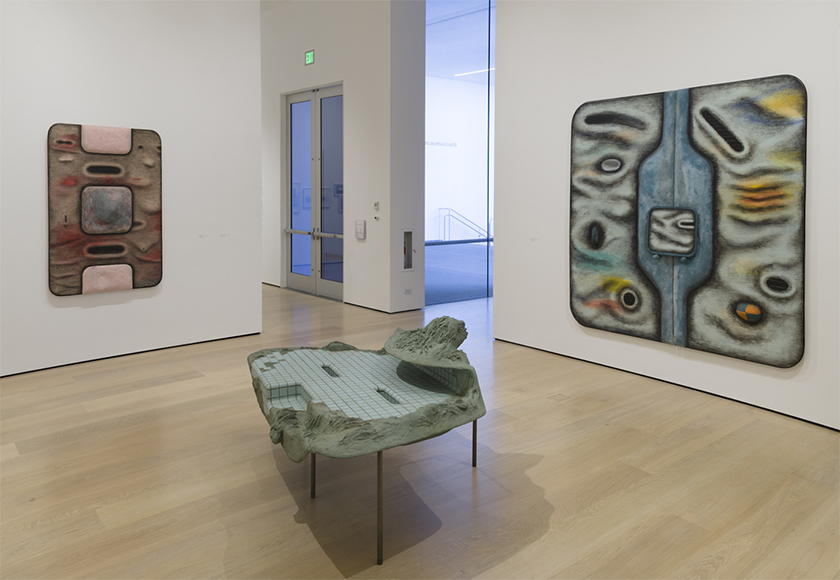For more than twenty years, while Hsu taught college students, he continued to make his art. His ideas, even today, are all part of a continuum. Thus, a “new piece” is not really a first step, it is actually part of an ongoing process that continues to evolve.
Hsu has been a quiet observer of our changing world and our increasingly sophisticated interactions with technology. Increasingly, technology has become a dominant part of our culture; this does not seem likely to change. It is almost as though there is a new set of values and rules that have been written which take into account how big a part of our lives technology has become. Technology is omnipresent, this we know. However what is unclear is how Hsu was able to predict this decades ago?
